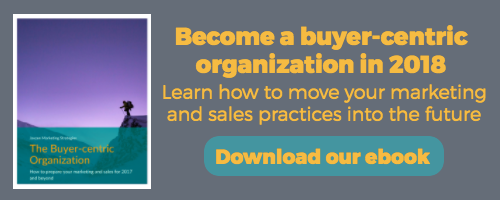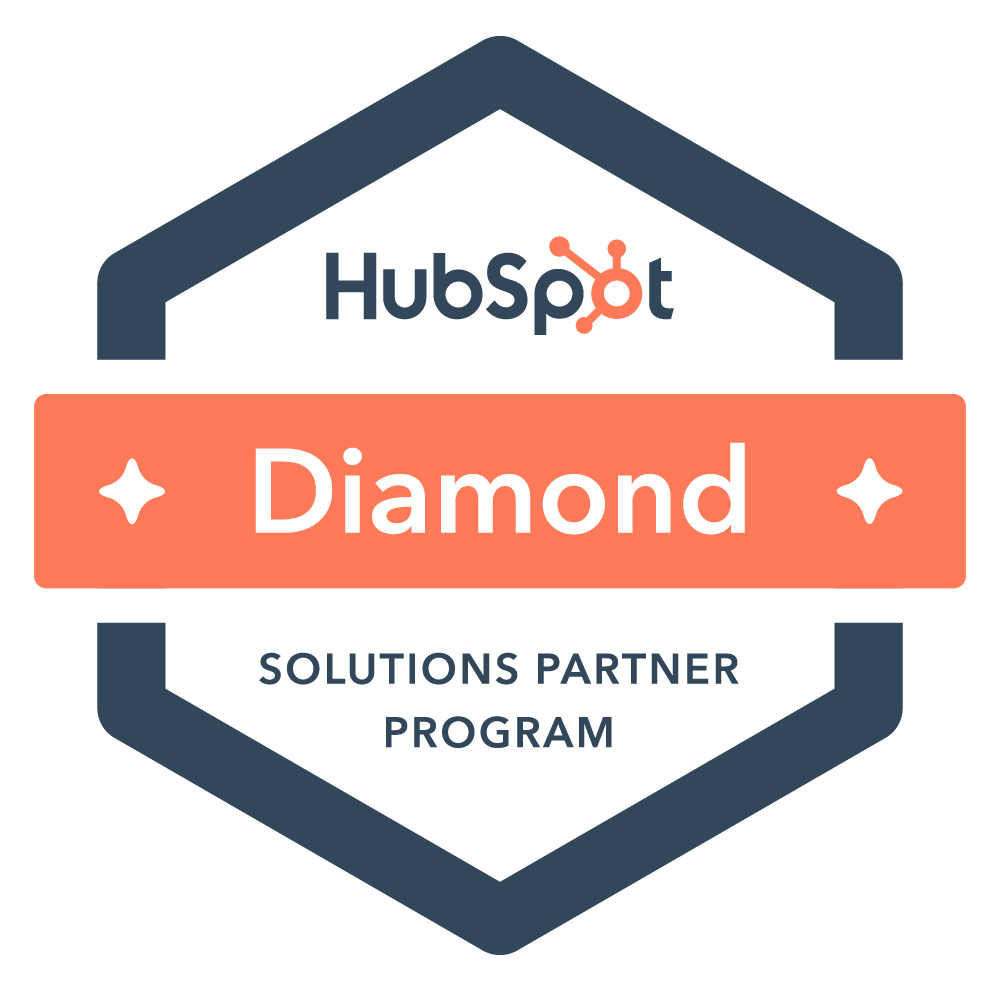How are you getting in front of the right audience?


Early inbound marketing used to look something like this: create content, promote it on social channels and email, convert visitors into leads and leads into customers, lather, rinse, repeat.
Obviously, that’s oversimplifying it a bit. But it certainly used to be much more manageable for most marketing teams to get their messaging in front of the relevant audience. So what’s changed?
The widespread adoption of inbound methods by companies in every industry—and the proliferation of content that has followed— have made it a little tougher for marketers to get in front of their intended audience. Since your ideal customers are not going to find you in the same ways they might have five years ago, it’s time to adopt some new tactics to attract visitors to your site.
If you haven’t already put these strategies to work for your company, here are some things to try:
Thoughtful SEO work
Several years ago, all that most inbound marketers knew to do for SEO was to target long-tail keywords and repeat them in meta descriptions and page titles. Those are still important, but there’s a lot more information available now. Thanks to new tools (and thought leaders like the good folks at Moz), search engine optimization has become more approachable and less mystifying.
Thorough keyword research arms marketers with a good understanding of what their audience is looking for, how many searches those terms get in a month, and how many competitors are going after the same keywords. It can help marketing teams set attainable goals, shape content strategy, and create useful content that their audience will be able to find.
Paid placements and social ads
A few years ago, inbound marketers positioned themselves squarely against loud and intrusive advertising. Instead of renting the audience’s attention with bright banner ads, inbound marketers took a long-term view by creating useful content and earn trust over time. In recent years, however, marketers have found that paid advertising can complement inbound marketing if it’s used wisely.
Instead of throwing a lot of money at generic keywords, inbound marketers use advertising with precision to get in front of the exact people who would find their content useful. The key is to know your buyers, understand their journey, and put yourself in the right place at the right time. By using keywords and paid social ads to amplify your existing content, you’re making it easier for your audience to find you.
Community building
Creating online communities for your audience to interact with you and with one another is a great way to build trust and provide a delightful experience for your prospects and customers. It’s a great platform to answer questions for prospects, troubleshoot with customers, provide tools and useful content, and share your brand’s personality.
The key is to prioritize your audience’s experience above all; if you come across as self-serving or spammy, people will stop engaging and you’ll lose your audience. Behind every post and decision in your community, keep in mind that your long-term goal is to gain familiarity and trust with your audience, and that takes time. If you can build a place where your audience knows they can get their questions answered in a delightful way, they’ll be more likely to engage with your content and your brand in the future.
Publishing on a third-party site
The competition for popular keywords is getting tougher. That’s why sometimes it’s a good idea to go where your audience already is instead of relying on them to find you in a Google search. Platforms like Medium or LinkedIn have established readerships that allow you to get your content in front of new people, and potentially drive traffic back to your own website.
It’s easy to lament the loss of the (imagined) good old days when successful inbound marketing seemed like a clear-cut path and there was less competition for readers’ attention. But the truth is that, for creative and savvy marketers, there have never had more opportunities to engage with an audience.
Success in the current climate requires thinking more strategically to help your audience find you and being more useful than your competitors. Going the extra mile to provide value is firmly in keeping with the original philosophies of inbound marketing, even if some of the methods look a little different than we used to imagine.
To learn more about how to add value with your marketing content and sales processes, take a look at our new ebook, The Customer-Centric Organization.







